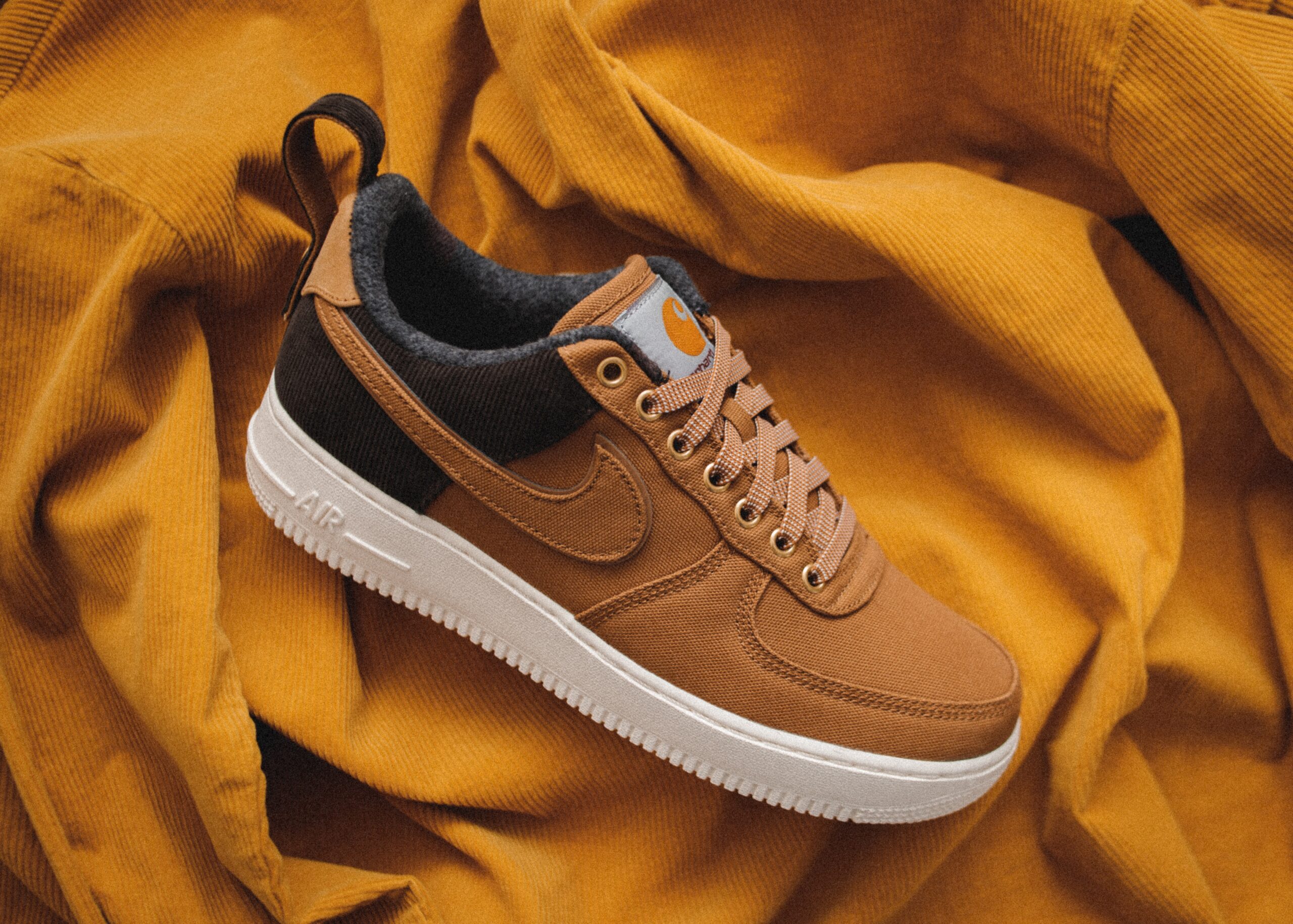Choosing the right running shoes is essential for both midfoot strikers and heel strikers alike. Whether you land on the middle of your foot or your heel, having the appropriate footwear can enhance your performance, minimize the risk of injury, and provide optimal comfort. In this comprehensive guide, we will explore the key factors to consider when selecting best running shoes for heel strikers and midfoot strikers.
Understanding Midfoot Strikers:
Midfoot striking is a running technique where the runner lands on the middle part of their foot, between the heel and the ball of the foot. Midfoot strikers tend to have a more balanced running gait and distribute their weight evenly across the foot. When choosing running shoes for midfoot strikers, consider the following factors:
- Cushioning: Look for shoes with adequate cushioning in the midsole to absorb the impact of landing on the midfoot. This helps reduce the stress on the foot and lower leg.
- Flexibility: Opt for shoes that offer flexibility in the forefoot area. This allows for a smoother transition from midfoot strike to toe-off.
- Arch Support: Determine your arch type (low, medium, or high) and select shoes that provide appropriate arch support. Midfoot strikers often benefit from shoes with moderate arch support.
Understanding Heel Strikers:
Heel striking is a running technique where the runner lands on their heel first, with the foot rolling forward toward the ball. Heel strikers tend to experience more impact on their lower legs and joints. When choosing running shoes for heel strikers, consider the following factors:
- Heel Cushioning: Look for shoes with ample heel cushioning to absorb the shock of heel striking. This feature helps reduce the risk of discomfort and potential injuries associated with repetitive impact.
- Stability: Choose shoes that offer good stability to support the foot and prevent excessive inward rolling (pronation). This helps maintain proper alignment and reduces the risk of overuse injuries.
- Motion Control: If you have severe overpronation as a heel striker, consider shoes with motion control features that provide additional support and stability.
Additional Considerations:
- Shoe Fit: Proper shoe fit is crucial for both midfoot strikers and heel strikers. Ensure that there is enough room in the toe box for natural toe movement and that the shoe securely holds your foot in place.
- Pronation: Determine your pronation type (neutral, overpronation, or underpronation/supination) to find shoes that address any specific support needs. Some shoe models are designed specifically for different pronation types.
- Terrain: Consider the type of surface you will be running on. Trail running shoes offer more traction and durability for off-road running, while road running shoes prioritize lightweight construction and cushioning for smoother surfaces.
Conclusion:
Selecting the best running shoes for midfoot strikers and heel strikers requires understanding your running style and specific needs. Focus on cushioning, flexibility, arch support, and shoe stability according to your striking technique. Remember to consider your pronation type, shoe fit, and the terrain you will be running on. By investing time in finding the right running shoes, you can optimize your performance, minimize the risk of injury, and enjoy your running experience to the fullest.


